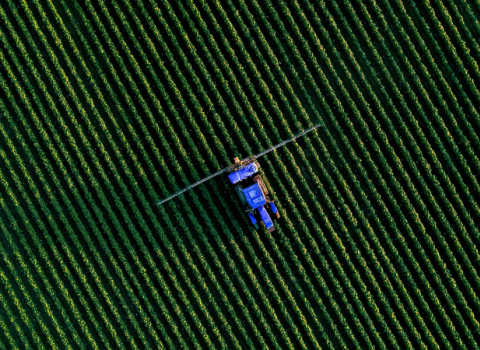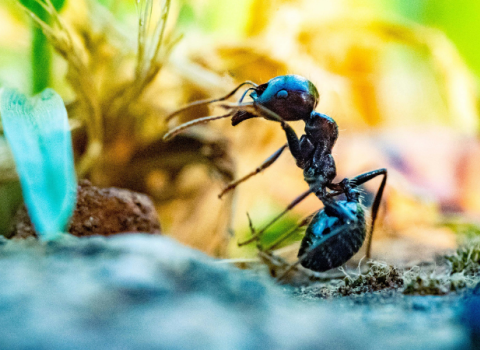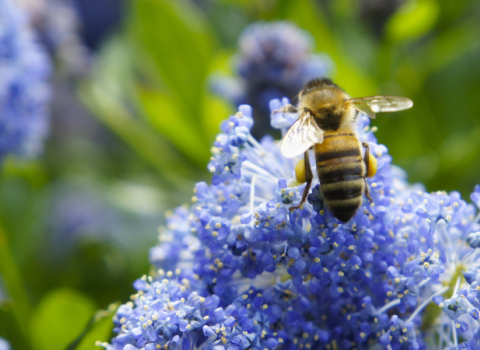As humans, we’re currently facing two big environmental crises: climate change and biodiversity loss. The first managed to gain a lot of public attention and funding, whereas the latter goes on more slowly in the background. One of the key problems the biodiversity crisis is facing, is the few ways to monitor biodiversity. In his recent publication, Prof Dr Andrew Skidmore and his team linked existing remote sensing products to so-called essential biodiversity variables (EBVs) in order to measure biodiversity using satellites.
Changes in biodiversity can occur spatially as well as through time, make it possible to measure elements of biodiversity using remote sensing techniques such as UAVs and satellites. However, not all of these changes can be measured from space. “It’s relatively easy to measure land cover in an area with a satellite and also how this changes over time. But we cannot operationally measure species abundance from space”, explains Skidmore.
BRIDGING THE GAP
There is a gap in the work of ecologists and remote sensing specialists. Ecologists know what EBVs to look for to monitor biodiversity change, but do not have the knowledge of remote sensing scientists about which products can be practically mapped from space. “Both groups have to agree on what EBVs and what remote sensing products we have to focus on”, says Skidmore. Linking remote sensing products to EBVs will improve reporting on the state of biodiversity from local to global scales.
REMOTE SENSING BIODIVERSITY
In his publication, Skidmore and colleagues focused on biodiversity measures from satellite Earth observation data. The research identified nearly 120 biodiversity products that provide critical information about biodiversity and can be measured from space. For example, changes in the function and structure of an ecosystem can be measured following forest fires. Skidmore explains: “Forest fires can only occur in forests, linking it directly to life itself. Forest fires can be readily measured by satellites making the biological effects of fire disturbance a key remote sensing biodiversity product.”
MORE INFORMATION
The paper ‘Priority list of biodiversity metrics to observe from space’, by Andrew Skidmore et al. has been published today in the journal ‘Nature Ecology & Evolution’. The paper can be read online. Prof Andrew Skidmore is Deputy Head of the Department of Natural Resources (Faculty ITC). He is also one of our featured scientists. For more information about Skidmore and his work, see the UT's Featured Scientists page.
This article was first published on May 13 by University of Twente.





 A unique international forum for public research organisations and companies to connect their external engagement with strategic interests around their R&D system.
A unique international forum for public research organisations and companies to connect their external engagement with strategic interests around their R&D system.